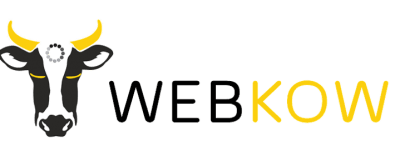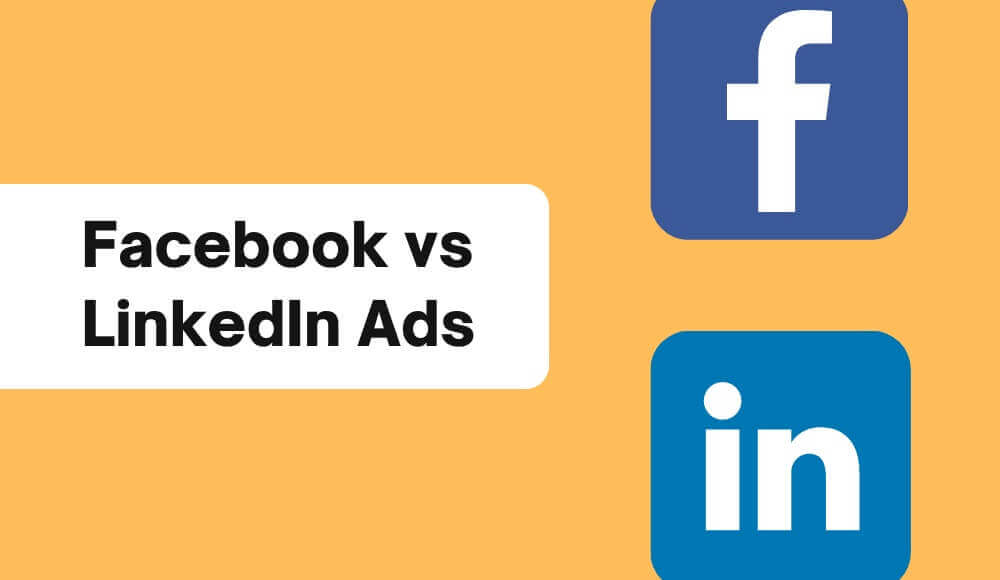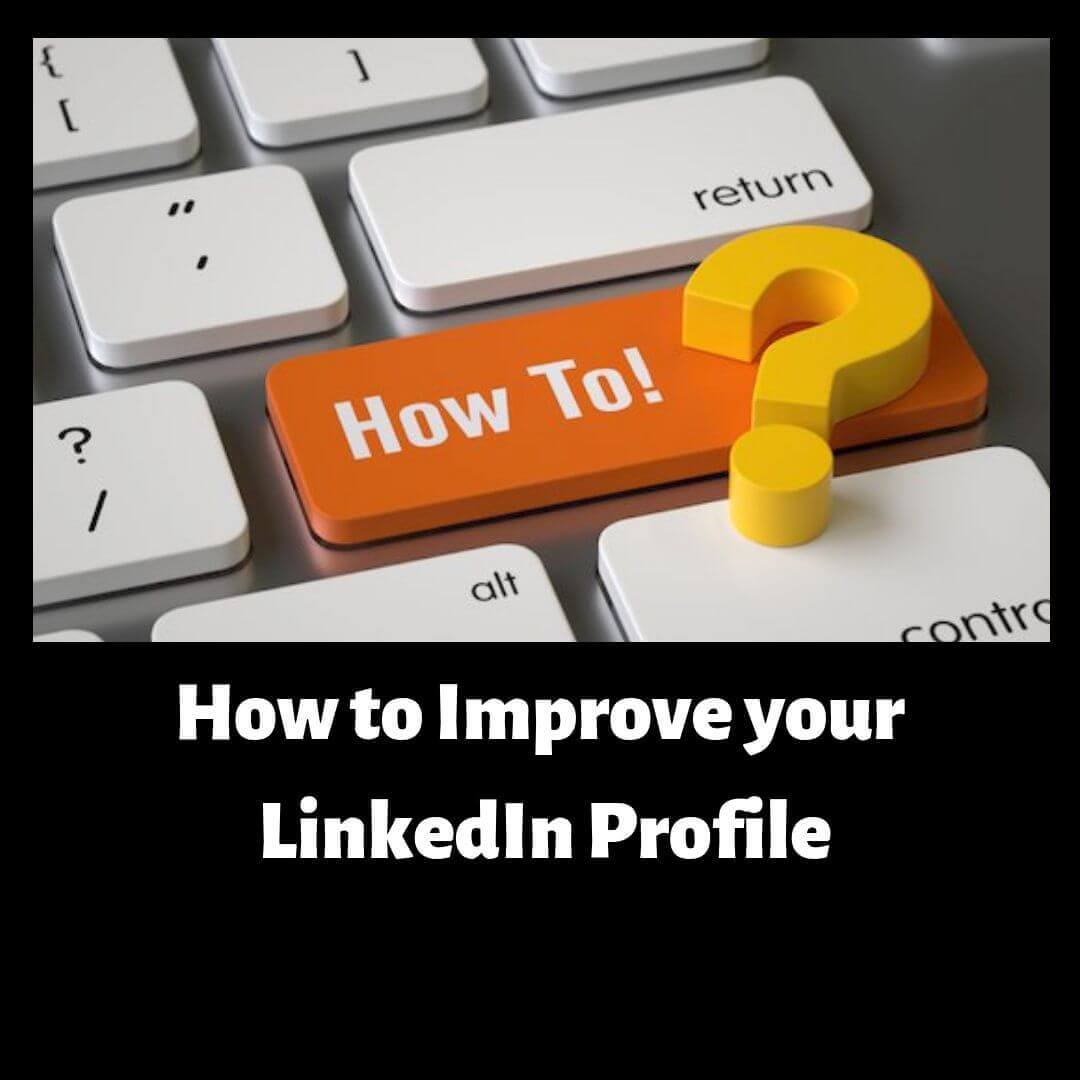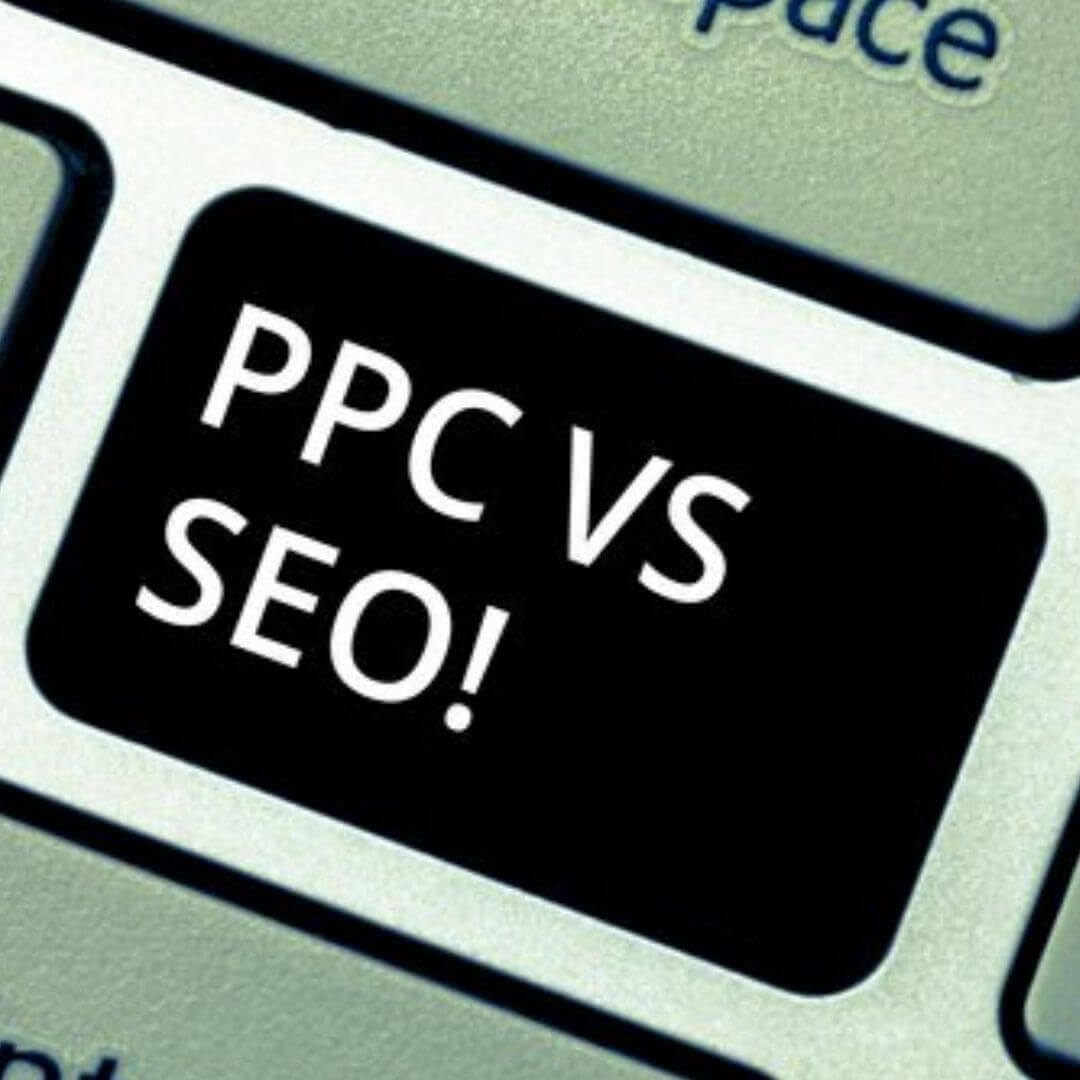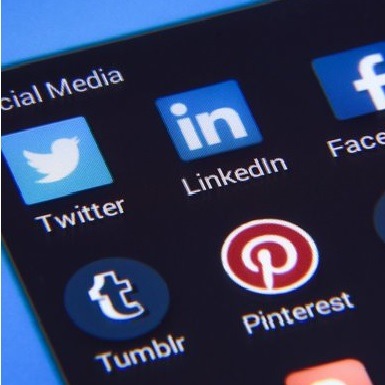Facebook vs Linkedin ads: Which is better? [3 Things to know]
Are you looking to generate leads or sales for your business through online advertising, but are not sure which channel is better- LinkedIn or Facebook ads? Well in this article I’m going to go through the pros and cons of each channel when it comes to doing paid advertising. When it comes to Facebook vs […]
Good Copywriting for Facebook Ads, Google Ads and Email Marketing [The 3 skills]
Copywriting is one of the most underrated skills in digital marketing, and in business in general. Copywriting is writing text for the purpose of advertising or other forms of marketing. In digital world, good copywriting can be used in your Google ads, social media, blog posts, email marketing etc. Many businesses can rise or f
How to Improve your LinkedIn Profile
WHAT IS LINKEDIN? LinkedIn is a social media platform that often seems to work merely like an employment exchange agency, although it goes way beyond just that. The feed of LinkedIn is similar to, say, Facebook’s feed and it is user friendly just like any other social media. Whether you’ve never used LinkedIn or have [&h
SEO vs PPC – How To Decide
Search Engine Optimization and Pay-per-click (on search engines) are the ways that help you grow traffic on your website. Both the techniques are useful to fulfill your purpose but the selection depends on the type, scale and motive of the business. The end goal of both the approaches are the same but the way they […]
Top 4 Digital marketing trends for 2019
Today I want to quickly summarize what I think will be the biggest digital marketing trends for 2019. Already, 2018 saw massive changes occurring in this field, so before we go further let’s look at the most significant changes we saw in 2018. Trends from the previous year: 1) The importance of influencers (which is […]

